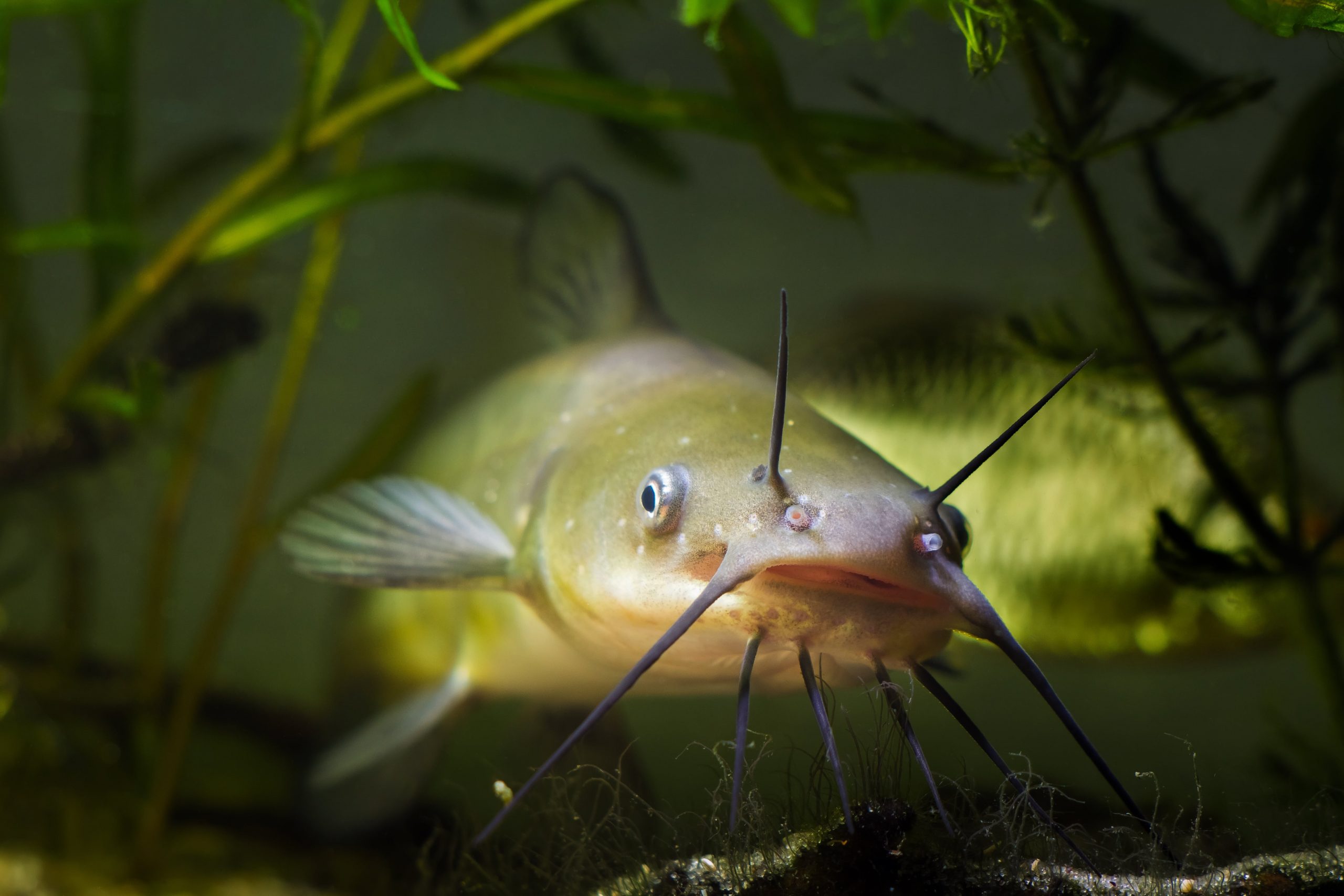Barb catfish, also known as the “Pangasius,” is a fascinating species that captivates both novice and experienced fish enthusiasts alike. These unique freshwater fish are not only known for their distinctive appearance but also for their interesting behaviors and care requirements. In this article, we will dive deep into the world of barb catfish, exploring their characteristics, habitat, dietary needs, and tips for keeping them healthy in an aquarium setting.
As we unravel the mysteries of the barb catfish, we will highlight essential information that every fish keeper should know. From their natural habitat to proper care techniques, our goal is to provide a comprehensive guide that enhances your understanding of this remarkable fish. Whether you are considering adding barb catfish to your aquarium or simply want to learn more about them, this article will serve as your go-to resource.
Let’s embark on this journey together and explore the enchanting world of barb catfish, ensuring that you have all the knowledge necessary to provide a thriving environment for these aquatic creatures.
Table of Contents
- 1. Biography of Barb Catfish
- 2. Characteristics of Barb Catfish
- 3. Natural Habitat of Barb Catfish
- 4. Dietary Needs of Barb Catfish
- 5. Care Requirements for Barb Catfish
- 6. Compatibility with Other Fish
- 7. Breeding Barb Catfish
- 8. Conclusion
1. Biography of Barb Catfish
Barb catfish, scientifically known as Pangasius, belongs to the family Pangasiidae. They are native to Southeast Asia, particularly in rivers and lakes of countries like Vietnam, Thailand, and Cambodia. The barb catfish is commonly recognized for its elongated body, flat head, and long barbels that resemble whiskers, which help them navigate through murky waters.
| Attribute | Details |
|---|---|
| Scientific Name | Pangasius |
| Origin | Southeast Asia |
| Common Names | Barb Catfish, Panga, Basa Fish |
| Size | Up to 3 feet in captivity |
| Life Span | 5-10 years |
2. Characteristics of Barb Catfish
The barb catfish is a remarkable fish with several distinctive characteristics:
- Body Structure: They have a streamlined, elongated body that aids in swimming.
- Coloration: Their bodies typically display a silver-grey color with darker shades on their dorsal fins.
- Barbels: The long, sensitive barbels are used for sensing food in murky waters.
- Behavior: Barb catfish are social creatures and prefer to live in groups.
3. Natural Habitat of Barb Catfish
Barb catfish are primarily found in freshwater environments such as rivers, lakes, and floodplains. They thrive in slow-moving waters with plenty of hiding spots, such as submerged logs and vegetation. Understanding their natural habitat is crucial for replicating a suitable environment in your aquarium.
Water Conditions
- pH Level: 6.5 – 7.5
- Temperature: 24°C – 28°C (75°F – 82°F)
- Hardness: 5 – 19 dGH
4. Dietary Needs of Barb Catfish
In the wild, barb catfish are omnivorous and feed on a varied diet consisting of plants, insects, and small fish. In an aquarium setting, it is essential to provide a balanced diet to ensure their health and growth.
Feeding Recommendations
- High-quality sinking pellets
- Frozen or live foods like bloodworms and brine shrimp
- Vegetables such as zucchini and spinach
5. Care Requirements for Barb Catfish
To keep barb catfish healthy, you must mimic their natural habitat as closely as possible. Here are some essential care requirements:
Aquarium Setup
- Tank Size: A minimum of 150 gallons is recommended for adult barb catfish.
- Filtration: Strong filtration is necessary to maintain water quality.
- Decorations: Include plants, rocks, and hiding spots to create a comfortable environment.
Water Maintenance
- Perform regular water changes (at least 25% weekly).
- Monitor water parameters regularly.
6. Compatibility with Other Fish
Barb catfish are generally peaceful but can be territorial, especially as they mature. When choosing tank mates, consider the following:
- Compatible Species: Larger tetras, peaceful cichlids, and other catfish.
- Avoid: Small or aggressive fish that may be bullied or eaten.
7. Breeding Barb Catfish
Breeding barb catfish in captivity can be challenging. They are believed to require specific conditions to spawn successfully. Here are some insights:
- Provide a separate breeding tank with soft, acidic water.
- Introduce a balanced diet to encourage spawning.
- Observe for signs of courtship behavior between males and females.
8. Conclusion
In conclusion, barb catfish are captivating fish that make a great addition to any freshwater aquarium. Their unique characteristics and social behavior enhance the aquarium experience. By understanding their natural habitat, dietary needs, and care requirements, you can ensure a long and healthy life for your barb catfish.
We encourage you to share your thoughts in the comments below, and don’t forget to explore our other articles for more information on aquatic life. Happy fish keeping!
We hope this comprehensive guide on barb catfish has provided you with valuable insights. Remember to return for more informative articles that will enhance your knowledge and passion for the underwater world.
Exploring The Legacy Of American Pie Movies: A Comprehensive Guide
What Is Michael Phelps Net Worth? A Deep Dive Into The Finances Of The Olympic Legend
Exploring Robin Buckley: The Standout Character In Stranger Things


